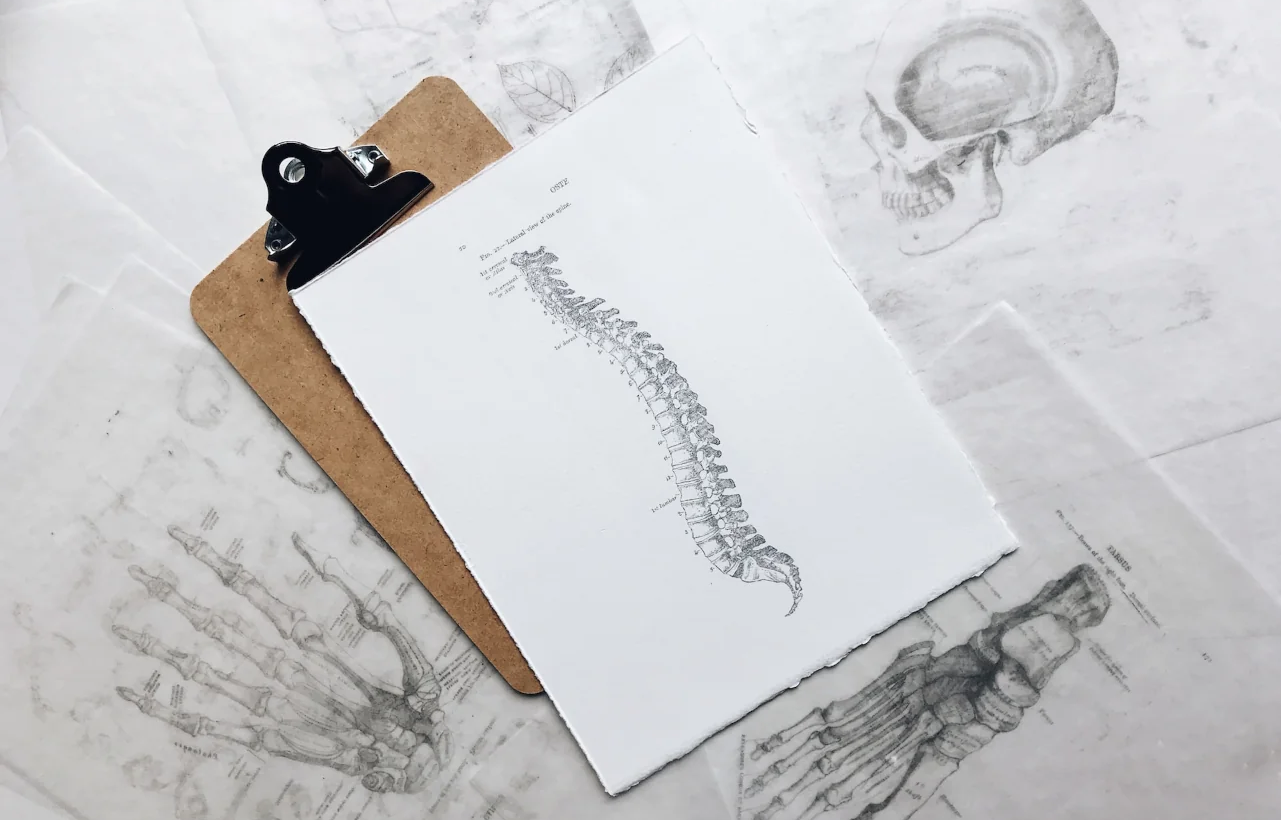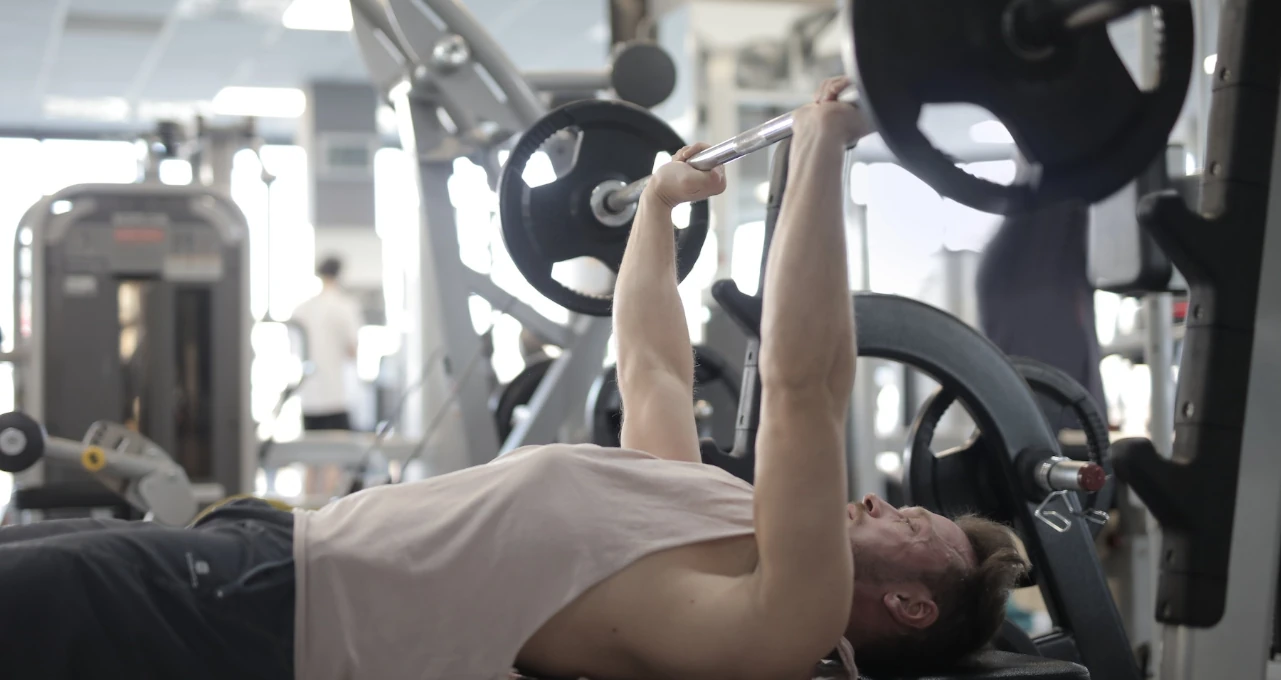How Does Dry Needling Help with Pain?
Muscle pain, a prevalent discomfort experienced by many, has the potential to significantly hinder our daily lives. As a pervasive sensation ranging from mild soreness to debilitating agony, muscle pain can arise due to various factors such as physical overexertion, injury, stress, or underlying medical conditions. This discomfort not only diminishes our ability to engage in routine activities but can also impede our productivity, limit mobility, and curtail overall quality of life. Consequently, understanding the origins of muscle pain and exploring effective methods to manage and alleviate it are crucial steps towards maintaining our well-being and restoring the vitality necessary for an active and fulfilling lifestyle.
Dry Needling: What Exactly Is It?
Dry needling is a therapeutic technique used by healthcare professionals, often physical therapists or chiropractors, to alleviate muscle pain and dysfunction. It involves inserting thin, solid needles into specific trigger points or tight knots within muscles, tendons, or fascia. The needles target these areas to release tension, increase blood flow, and promote the body’s natural healing response. Unlike acupuncture, dry needling focuses on addressing musculoskeletal issues rather than balancing energy flow. The procedure aims to reduce pain, improve range of motion, and enhance muscle function. It is commonly used in conjunction with other physical therapy techniques as part of a comprehensive treatment plan for conditions such as muscle strains, myofascial pain syndrome, and sports injuries.
How Does Dry Needling Work?
Dry needling involves the insertion of fine, sterile needles into specific points within muscles, tendons, or fascia. These points, often referred to as trigger points, are areas of tightness or knots that can contribute to muscle pain and dysfunction. The goal of dry needling is to stimulate these trigger points, causing a local twitch response in the muscle, which helps release tension and improve blood circulation. The insertion of the needle itself may cause minimal discomfort, often described as a brief, mild sensation.
Once the needle is inserted, the therapist may manipulate it slightly or leave it in place for a short period. The process can create a response similar to a deep massage, helping to break down adhesions, reduce muscle knots, and alleviate pain. Dry needling may be part of a comprehensive treatment plan, often combined with other physical therapy techniques, exercises, and stretches to address the underlying causes of muscle pain and improve overall function. It’s essential for the practitioner to have a thorough understanding of anatomy and the specific areas requiring treatment to ensure both safety and effectiveness. We at Everett Spine and Rehab in Everett, Washington have experienced physical therapists who can effectively perform dry needling.
Who are Good Candidates for Dry Needling?
A good candidate for dry needling typically includes individuals who are experiencing muscle pain, tightness, or dysfunction, particularly when caused by myofascial trigger points. This technique is commonly used as part of a comprehensive treatment plan for various conditions, such as:
Muscular Pain: Individuals with acute or chronic muscle pain, such as back pain, neck pain, shoulder pain, or tension headaches, may benefit from dry needling.
Myofascial Pain Syndrome: This condition involves the presence of trigger points that cause referred pain and discomfort. Dry needling can help alleviate these trigger points and their associated symptoms.
Sports Injuries: Athletes and active individuals with sports-related injuries, muscle strains, or overuse injuries may find relief through dry needling as part of their rehabilitation program.

Postural Issues: Those with postural imbalances that lead to muscle tightness and discomfort could benefit from dry needling to address the underlying muscle tension.
Chronic Pain: Individuals dealing with chronic pain conditions, such as fibromyalgia, may find dry needling helpful in managing their symptoms.
Limited Range of Motion: Dry needling can aid in improving muscle flexibility and range of motion in joints affected by muscular tightness.
Muscle Spasms: People experiencing muscle spasms or cramps due to muscular issues could benefit from the relaxation effects of dry needling.
However, it’s important to note that not everyone is a suitable candidate. Individuals with certain medical conditions, bleeding disorders, or a fear of needles may not be ideal candidates for dry needling. A thorough assessment by a qualified healthcare professional, such as a physical therapist or chiropractor, is essential to determine if dry needling is a safe and appropriate option based on an individual’s specific needs and medical history.
Sources:
physio-pedia.com
My.clevelandclinic.org
jospt.org







